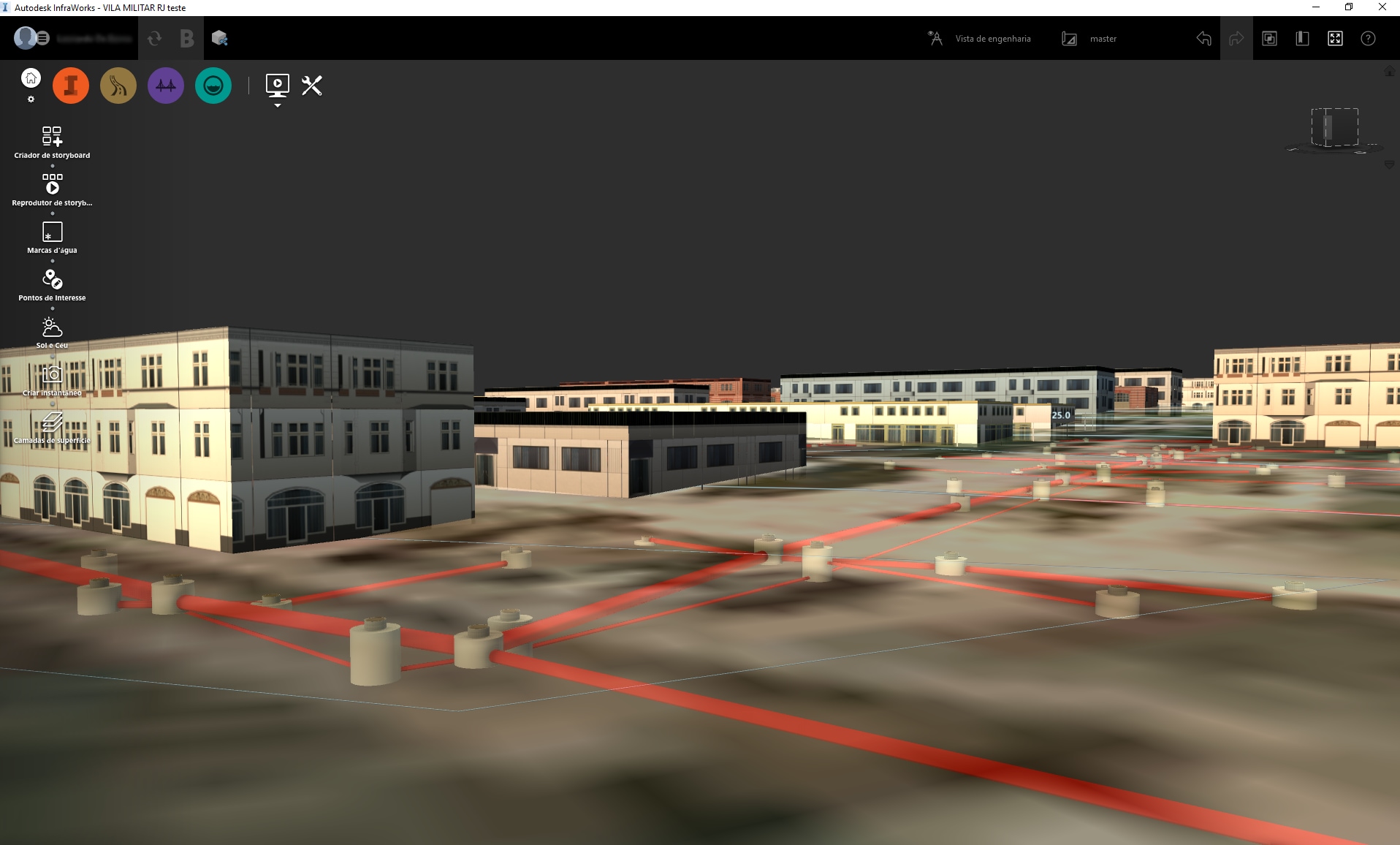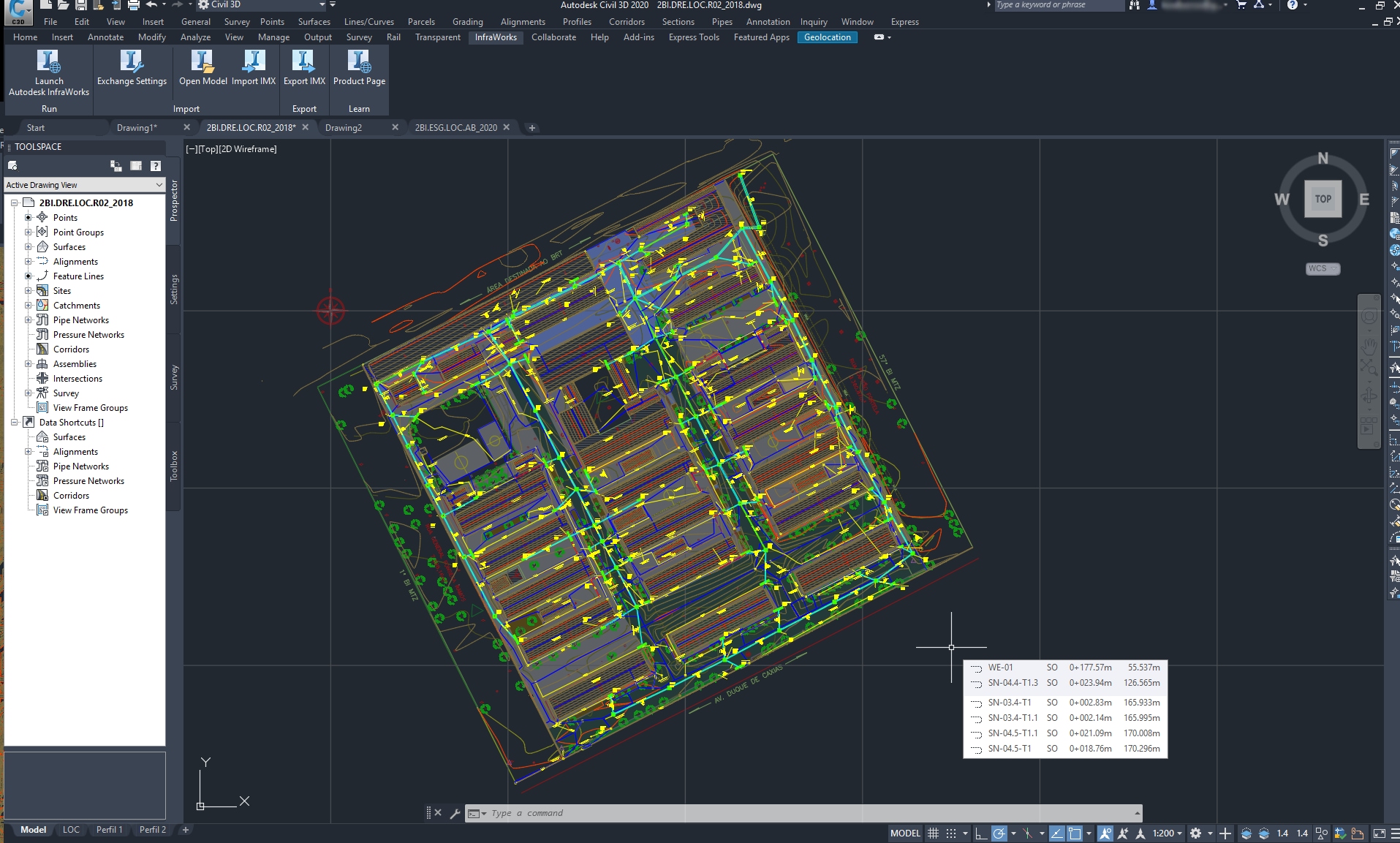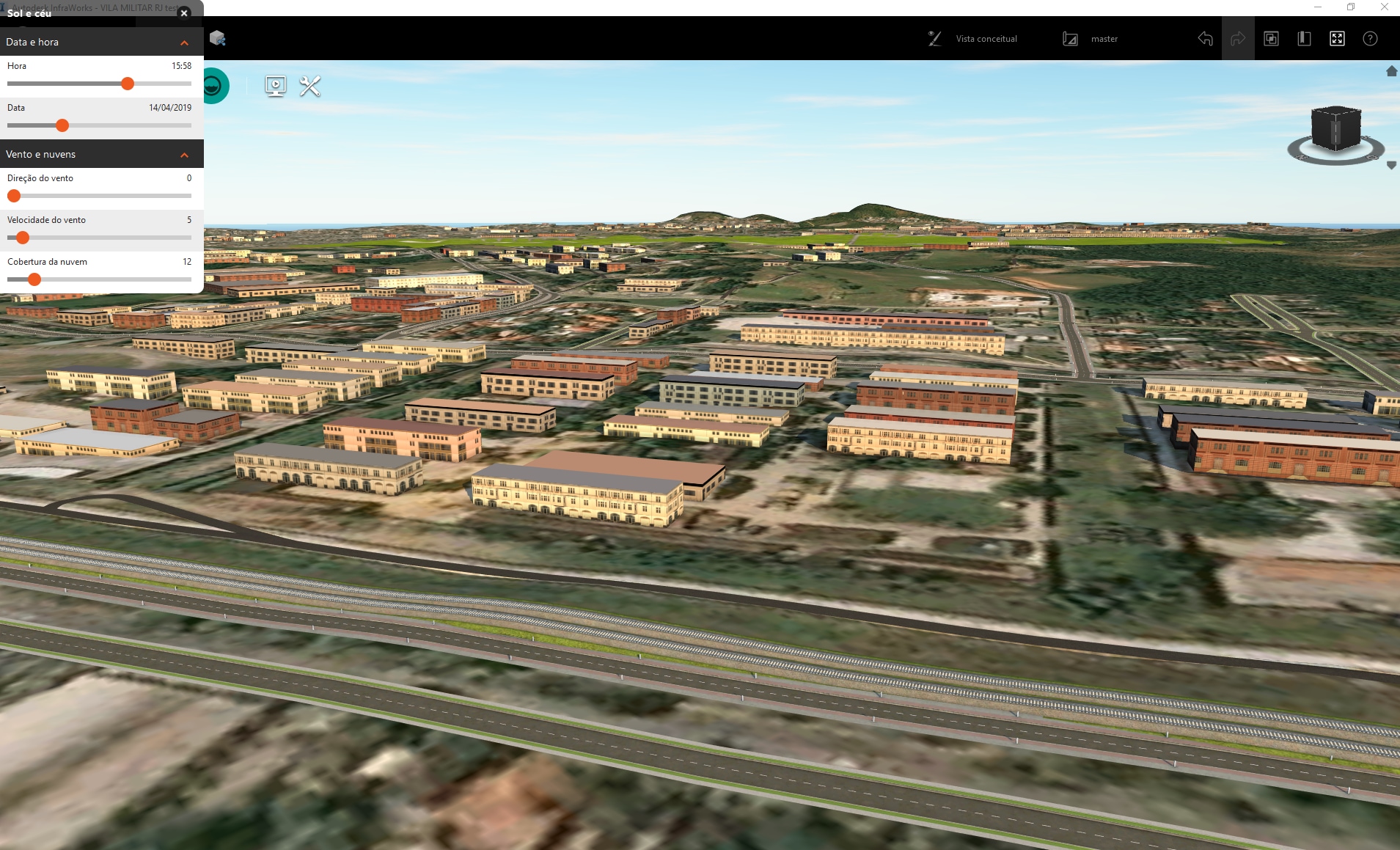The challenge: Major work with minimal impact
The project planners' mission was to upgrade the district's sewage network without interrupting the military operations in the district and leaving the existing surfaces as intact as possible. The engineers had to avoid interference with the old pipes, and they needed a plan to install the new sewer and stormwater pipes in the same trenches without touching each other.
The legacy from the Rio Olympics compelled the team to drive sustainable environmental management by lowering excavation volumes and using digital models to optimize the design. In addition, the project had to come together in a short time frame: It is scheduled to be completed by the end of 2020.


